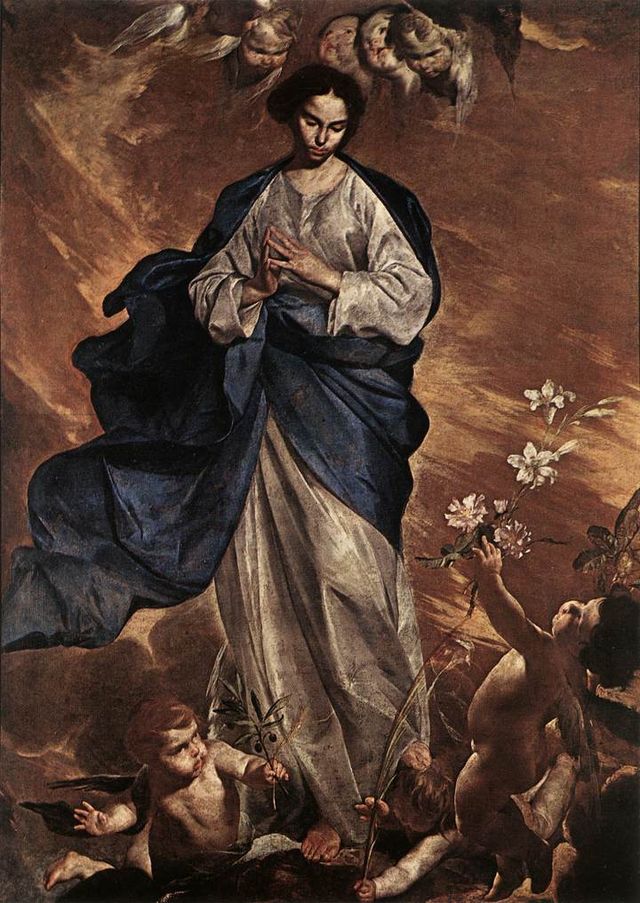Loading AI tools
Italian painter and draughtsman From Wikipedia, the free encyclopedia
Bernardo Cavallino (1616–1656) was an Italian painter and draughtsman. He is regarded as one of the most original painters active in Naples during the first half of the 17th century.[1]

Born in Naples, he is thought to have died during the plague epidemic in 1656. While his paintings are some of the more stunningly expressive works emerging from the Neapolitan artists of his day, little is known about the painter's background or training. Of eighty attributed paintings, less than ten are signed. He worked through private dealers and collectors whose records are no longer available.

It is said that he trained with Massimo Stanzione, befriended the painter Andrea Vaccaro, and was influenced by Anthony van Dyck, but his paintings could also be described as equidistant from Caravaggio and Bartolomé Esteban Murillo in styles; tenebrism enveloped with a theatrical sweetness, a posed ecstasy and feeling characteristic of the high Roman baroque statuary. He is known to have worked in Neapolitan circles strongly influenced by Stanzione, which included Antonio de Bellis, Artemisia Gentileschi, Francesco Francanzano, Agostino Beltrano and Francesco Guarino.
One of his masterpieces is the billowing proletarian Blessed Virgin at the Brera Gallery in Milan. Passive amid the swirling, muscular putti, this Neapolitan signorina delicately rises from the fog, the updated Catholic baroque equivalent of a Botticelli's Venus. His The Ecstasy of St Cecilia exists both as cartoon (Museo di Capodimonte, Naples)[2] and final copy in the Palazzo Vecchio of Florence. Finally, his Esther and Ahasuerus hangs in the Uffizi Gallery.[3]
Seamless Wikipedia browsing. On steroids.
Every time you click a link to Wikipedia, Wiktionary or Wikiquote in your browser's search results, it will show the modern Wikiwand interface.
Wikiwand extension is a five stars, simple, with minimum permission required to keep your browsing private, safe and transparent.